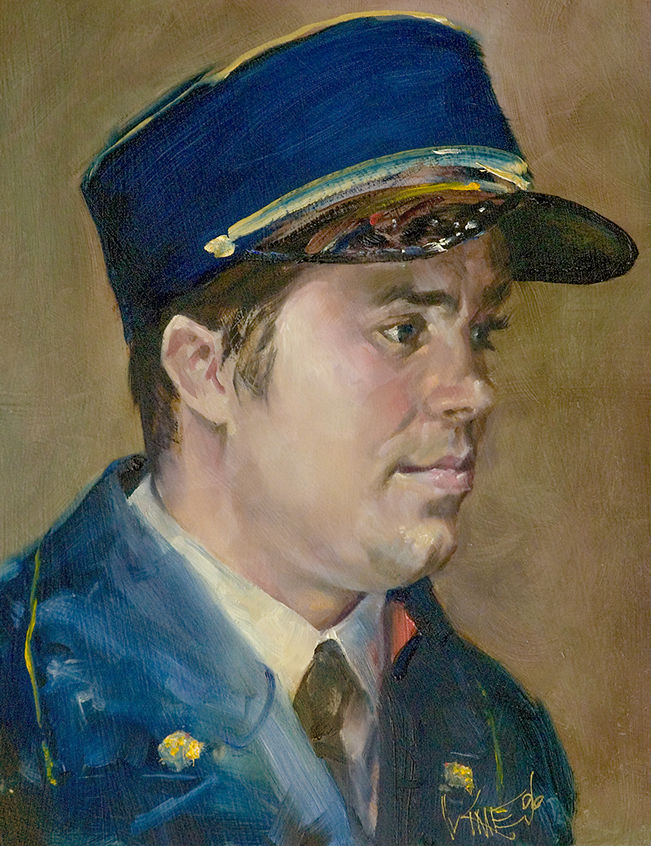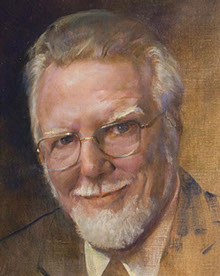E-MODELS ... frame by frame....
Two experts seldom agree on anything, certainly not art. Wrong, in stroking Modernist art every last critic is in talking-points auto-sync.
But we’re talking about fine art, not Modernist art. Ever since photography and virtual gelatin models and now digital e-models entered the picture, and even with postmodernism insisting nothing is real anyway, all fine artists – excluding Modernists who don’t look at anything -- have always agreed that real live models are better for canvas than virtual models.
A live model is in three dimensions, which is somehow vital for depiction in 2 dimensions. Even when dozing a live model exudes some sort of pneuma or pherome that true artists have receptor sites for somewhere in the brain stem, as shown in fMRI, EROS, or, PET scans. Live and virtual models stimulate wholly different loci of the artist’s brain, different Inner Eyes, and different artistic juices, different creative spasms. Only a live model, herself chained to easy chair and sweltering under a Smith Victor 1000 watt halogen 3-rd degree detective’s light, can liberate the brush and the painter’s spirit. Anyway, painting from life is just more fun.
I finally found my goldmine of live models at the Cincinnati Art Club. But there the flesh was displayed for just 4 hours max, once a week, a dose good only to tease, or sketch. It hardly slaked my appetite. But elsewhere living people are all over the landscape, though off limits as models. Live people are plentiful in medicine (I’m a doctor), but any given person is available for study for only an hour in my day, now for 6 minutes max, and never for posing, except for radiologists (“hold your breath! Don’t move!”). Anyway I’ve never had the chutzpah to require, or the discretionary funds to pay, a beloved, or friend, or anybody, to freeze for a full 20 hours for my convenience. I settled for photography, more specifically, e-images.
This slide show is of portraits painted from virtual subjects, moving targets. Some are friends from church functions or the Cincinnati Art Club (even they would not have guessed my casual shots would become paintings). Many are total strangers encountered when panning my videocam in airport lobbies, or elsewhere mostly in Ohio, or on the streets of Chicago. I wouldn’t dare that nowadays. There’s something about obtaining signatures on written consent forms that blows the fun of it.
Actually, for me if not other portraitists, virtual and live subjects turn out to be something of a tradeoff. That’s because I’m so biased toward informal, evanescent facial expressions, long faded from the face of a professional model subsided in semi coma, but grabbable by any kind of photography, but more so from videography culled frame by frame.
If you bring me a still photograph of your grandmother or grandchildren and ask for a portrait, I would refuse the job. But I might take videos and edit out a freeze-frame for an informal pose, to paint from. I’ll freeze-frame your image, not your body. I was doing this early on, before any other portraitist I know of. In those days maximum resolution was 640x480 px, so fuzzy that I was painting less from the monitor and pixel by pixel, than from memory or some Inner Eye. With luck a 1-hour Cincinnati Art Club flash sketch might wind up looking like a Richard Schmid while my more tediously rendered paintings from e-models are Norman Rockwells. But in both I was trying for Sargent.























<
>

